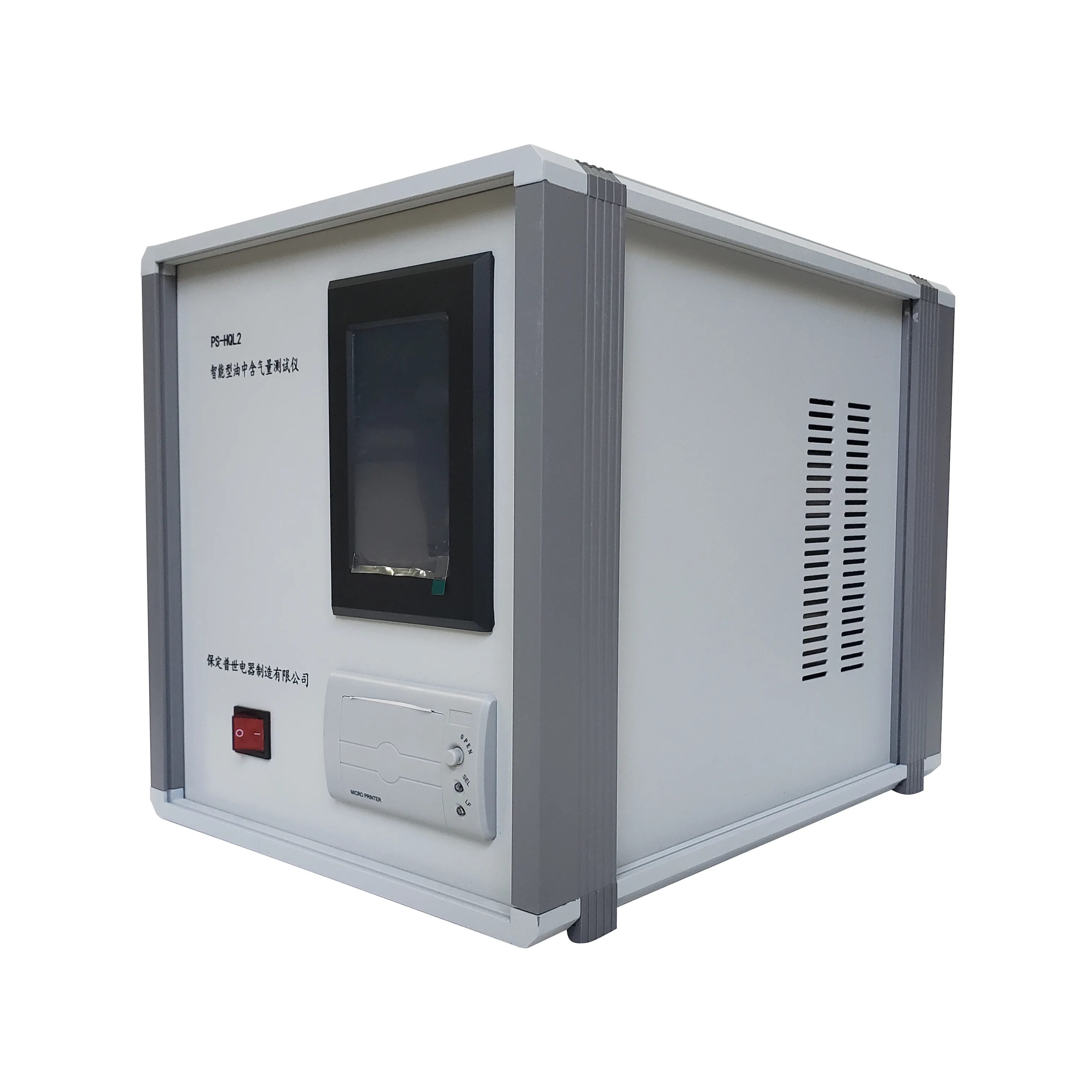 English
English



-
 Afrikaans
Afrikaans -
 Albanian
Albanian -
 Amharic
Amharic -
 Arabic
Arabic -
 Armenian
Armenian -
 Azerbaijani
Azerbaijani -
 Basque
Basque -
 Belarusian
Belarusian -
 Bengali
Bengali -
 Bosnian
Bosnian -
 Bulgarian
Bulgarian -
 Catalan
Catalan -
 Cebuano
Cebuano -
 China
China -
 China (Taiwan)
China (Taiwan) -
 Corsican
Corsican -
 Croatian
Croatian -
 Czech
Czech -
 Danish
Danish -
 Dutch
Dutch -
 English
English -
 Esperanto
Esperanto -
 Estonian
Estonian -
 Finnish
Finnish -
 French
French -
 Frisian
Frisian -
 Galician
Galician -
 Georgian
Georgian -
 German
German -
 Greek
Greek -
 Gujarati
Gujarati -
 Haitian Creole
Haitian Creole -
 hausa
hausa -
 hawaiian
hawaiian -
 Hebrew
Hebrew -
 Hindi
Hindi -
 Miao
Miao -
 Hungarian
Hungarian -
 Icelandic
Icelandic -
 igbo
igbo -
 Indonesian
Indonesian -
 irish
irish -
 Italian
Italian -
 Japanese
Japanese -
 Javanese
Javanese -
 Kannada
Kannada -
 kazakh
kazakh -
 Khmer
Khmer -
 Rwandese
Rwandese -
 Korean
Korean -
 Kurdish
Kurdish -
 Kyrgyz
Kyrgyz -
 Lao
Lao -
 Latin
Latin -
 Latvian
Latvian -
 Lithuanian
Lithuanian -
 Luxembourgish
Luxembourgish -
 Macedonian
Macedonian -
 Malgashi
Malgashi -
 Malay
Malay -
 Malayalam
Malayalam -
 Maltese
Maltese -
 Maori
Maori -
 Marathi
Marathi -
 Mongolian
Mongolian -
 Myanmar
Myanmar -
 Nepali
Nepali -
 Norwegian
Norwegian -
 Norwegian
Norwegian -
 Occitan
Occitan -
 Pashto
Pashto -
 Persian
Persian -
 Polish
Polish -
 Portuguese
Portuguese -
 Punjabi
Punjabi -
 Romanian
Romanian -
 Russian
Russian -
 Samoan
Samoan -
 Scottish Gaelic
Scottish Gaelic -
 Serbian
Serbian -
 Sesotho
Sesotho -
 Shona
Shona -
 Sindhi
Sindhi -
 Sinhala
Sinhala -
 Slovak
Slovak -
 Slovenian
Slovenian -
 Somali
Somali -
 Spanish
Spanish -
 Sundanese
Sundanese -
 Swahili
Swahili -
 Swedish
Swedish -
 Tagalog
Tagalog -
 Tajik
Tajik -
 Tamil
Tamil -
 Tatar
Tatar -
 Telugu
Telugu -
 Thai
Thai -
 Turkish
Turkish -
 Turkmen
Turkmen -
 Ukrainian
Ukrainian -
 Urdu
Urdu -
 Uighur
Uighur -
 Uzbek
Uzbek -
 Vietnamese
Vietnamese -
 Welsh
Welsh -
 Bantu
Bantu -
 Yiddish
Yiddish -
 Yoruba
Yoruba -
 Zulu
Zulu
tan delta testing
Understanding Tan Delta Testing A Comprehensive Overview
Tan delta testing, also known as power factor testing, is a widely used diagnostic method in the electrical industry, particularly for high voltage insulation systems. This technique assesses the insulation condition of electrical equipment such as transformers, cables, and generators by measuring the insulating material's dielectric properties. The term tan delta refers to the tangent of the loss angle, which represents the ratio of resistive power losses to reactive power stored in the insulation material.
Importance of Tan Delta Testing
The integrity of electrical insulation is critical for the safe and efficient operation of electrical equipment. Insulation failure can lead to catastrophic breakdowns, resulting in costly repairs and potential hazards such as electrical fires or equipment damage. Tan delta testing serves as an invaluable predictive maintenance tool that allows utilities and industries to monitor the condition of their assets and anticipate failures before they occur.
One of the primary advantages of tan delta testing is its ability to provide a clear indication of the insulation’s health. By measuring the loss factor, operators can detect changes in the insulation's properties that might indicate moisture ingress, contamination, or physical degradation. This proactive approach is essential in extending the lifespan of electrical equipment and ensuring uninterrupted service.
The Testing Process
The tan delta testing process involves several key steps. Initially, the equipment is taken offline and disconnected from power sources to ensure safety. The test is typically conducted at various voltage levels, such as rated voltage and higher voltages, to gather comprehensive data on the insulation behavior.
tan delta testing

During the measurement phase, a voltage is applied to the insulation system, and the test equipment records the current flowing through it. Essentially, the current comprises two components the capacitive current (which charges the insulation) and the dielectric loss current (which reflects the energy lost as heat). By analyzing these current components, the test equipment calculates the tan delta value, which provides a direct insight into the insulation’s condition.
Interpreting Tan Delta Results
The calculated tan delta values are then compared against established standards and historical data. A low tan delta value generally indicates good insulation quality, while progressively higher values can signal potential issues. For instance, a tan delta reading exceeding 0.5% may prompt further investigation, as it indicates significant energy loss and possible deterioration of the insulation material.
Operators must closely monitor trends in tan delta values over time. A gradual increase in tan delta indicates a worsening condition, while sudden spikes can suggest a rapid onset of defects. By retaining a comprehensive database of test results, companies can establish performance baselines, identify problematic assets, and develop maintenance strategies tailored to the specific needs of their operations.
Conclusion
In conclusion, tan delta testing is an essential practice in the maintenance and diagnostic assessment of electrical insulation systems. By measuring the loss tangent, this technique offers insights into the condition of critical assets, helping organizations mitigate risks associated with insulation failure. As industries increasingly adopt preventative maintenance strategies, tan delta testing will surely remain a cornerstone methodology in ensuring the reliability and safety of electrical infrastructure. The knowledge and understanding gained through this testing can significantly enhance operational efficiency, reduce downtime, and extend the life of valuable electrical equipment, ultimately leading to a safer and more reliable electrical landscape.
-
Transformer Test Essentials: Insulating Oil Tester and TypesNewsMay.30,2025
-
Grease Testers and Oil Determination OverviewNewsMay.30,2025
-
Exploring Electricity Usage Testers and GeneratorsNewsMay.30,2025
-
Essential Guide to Transformer Oil Testing ToolsNewsMay.30,2025
-
Ensuring Safety with a Circuit Breaker FinderNewsMay.30,2025
-
Electrical Safety Tools Hipot, Dielectric, VLF TestersNewsMay.30,2025



